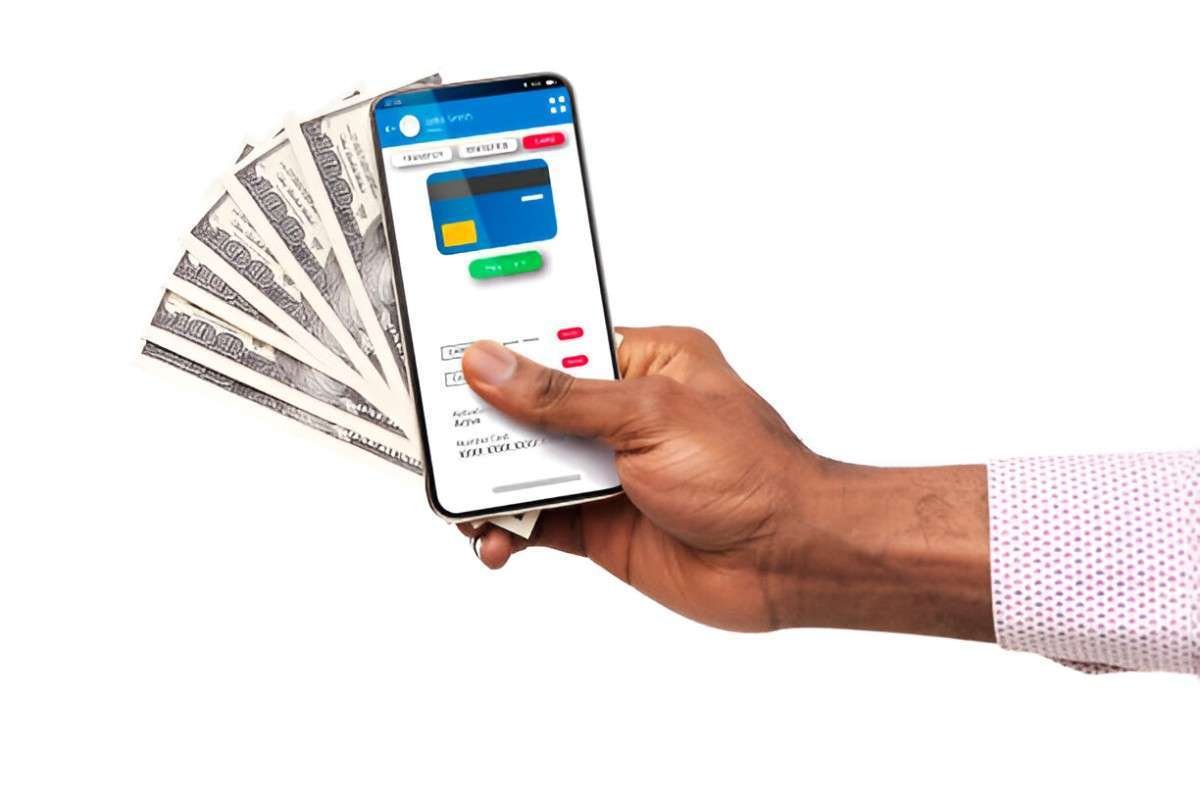Introduction
Banking has evolved. Physical branches and tangible cards are no longer the only way to manage money. Virtual debit cards, tied to online bank accounts, have become a reliable alternative. They provide security, flexibility, and convenience. But are they right for you? Let’s explore their features, benefits, limitations, and practical applications.
Table of Contents
What is a Virtual Debit Card?
A virtual debit card functions like a traditional debit card but exists only in digital form. It has a 16-digit card number, an expiration date, and a CVV. You can use it for online purchases, subscriptions, and even some in-store transactions if linked to mobile payment services.
How Virtual Debit Cards Work
- Issuance – Banks or fintech companies generate virtual debit cards linked to your bank account.
- Usage – Use them for online transactions, bill payments, and other digital financial activities.
- Security Measures – Features like temporary card numbers, spending limits, and one-time-use cards enhance safety.
- Renewal & Expiry – Some virtual cards have fixed expiration dates, while others are disposable.
Features of Bank Accounts with Virtual Debit Cards
| Feature | Explanation |
|---|---|
| Instant Issuance | No waiting period like physical cards. |
| Better Security | Reduces the risk of fraud and card theft. |
| Spending Controls | Set limits to manage expenses. |
| No Plastic Waste | Eco-friendly alternative to physical cards. |
| International Usability | Use it globally with merchants that accept digital payments. |
Virtual Debit Card vs. Physical Debit Card
| Aspect | Virtual Debit Card | Physical Debit Card |
|---|---|---|
| Form | Digital only | Plastic card |
| Security | Can be one-time use | Can be lost or stolen |
| Issuance | Instant | Takes days or weeks |
| Usability | Online transactions & mobile payments | Online & offline transactions |
| Fraud Protection | Higher due to disposable numbers | Lower |
Benefits of Using a Virtual Debit Card
- Enhanced Security – Protects against fraud and data breaches.
- Budget Control – Set transaction limits for subscriptions or online spending.
- Instant Setup – No waiting time like physical cards.
- International Accessibility – Use for global transactions without concerns about theft.
- Reduced Dependence on Physical Banking – Everything is managed online.
Limitations and Concerns
Despite the benefits, virtual debit cards have some downsides:
- Limited Acceptance – Some offline merchants only accept physical cards.
- No ATM Withdrawals – Virtual cards are for digital transactions only.
- Bank-Specific Restrictions – Some banks limit international use.
Ideal Use Cases for Virtual Debit Cards
- Online Shopping – Secure transactions on e-commerce sites.
- Subscription Services – Control and cancel recurring payments easily.
- Freelancers & Businesses – Manage multiple virtual cards for different expenses.
- International Payments – Use globally without worrying about card theft.
Practical Example: Managing Subscription Payments
Imagine you have multiple subscriptions: Netflix ($15.99), Spotify ($9.99), and Amazon Prime ($14.99). Using a virtual debit card with a $40 spending cap prevents overcharges. If a service tries to charge beyond the set limit, the transaction gets declined, saving you from surprise expenses.
| Service | Monthly Cost | Virtual Card Cap | Overcharge Prevention? |
|---|---|---|---|
| Netflix | $15.99 | $40 | Yes |
| Spotify | $9.99 | $40 | Yes |
| Amazon Prime | $14.99 | $40 | Yes |
Security and Fraud Protection
Virtual debit cards offer security features such as:
- Dynamic CVV – Some banks change the CVV regularly for added protection.
- One-Time Use Cards – Prevents unauthorized reuse.
- Spending Limits – Stops overcharging by merchants.
- Immediate Freezing – Instantly disable the card if needed.
Choosing a Bank Account with a Virtual Debit Card
When selecting a bank, consider these factors:
| Factor | Why It Matters |
|---|---|
| Availability of Virtual Debit Cards | Not all banks offer them. |
| Transaction Limits | Check if the card supports your needs. |
| International Acceptance | Ensure it works for global payments. |
| Security Features | Look for disposable numbers and spending caps. |
| Mobile App Support | A user-friendly app enhances usability. |
Comparing Top Banks Offering Virtual Debit Cards
| Bank | Virtual Card Features | Fees | International Use? |
|---|---|---|---|
| Bank A | One-time use, limits | Free | Yes |
| Bank B | Recurring use, spending caps | $5 per month | Yes |
| Bank C | Dynamic CVV, freeze option | Free | Limited |
How to Get a Virtual Debit Card
- Open a Bank Account – Choose a bank that provides virtual debit cards.
- Request a Virtual Card – Generate one from the banking app.
- Set Preferences – Configure spending limits and security options.
- Use for Transactions – Enter the card details for online payments.
- Monitor Usage – Track transactions through the banking app.
Future of Virtual Debit Cards
The rise of virtual banking means an increased reliance on digital cards. As security measures improve and acceptance grows, more consumers will transition to virtual cards for convenience and fraud prevention. The banking industry is moving toward cardless transactions, where virtual cards play a significant role.
Conclusion
A virtual debit card offers a practical solution for digital transactions. It enhances security, provides spending control, and eliminates the risks associated with physical cards. Whether you use it for online purchases, subscriptions, or international payments, a virtual debit card can simplify financial management. Before choosing one, evaluate your banking needs and ensure the features align with your lifestyle.





